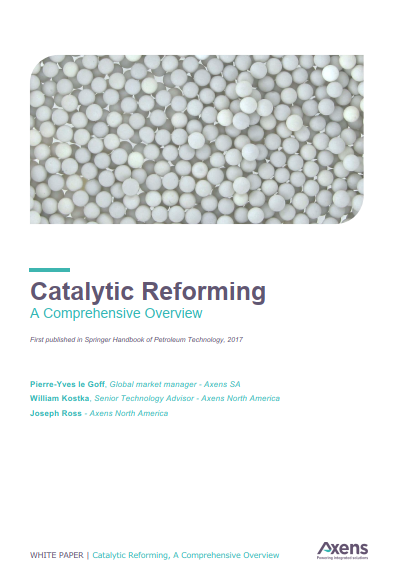
Since the early 1940s, dual function catalysts have been converting lower octane, naphtha-range hydrocarbons into aromatics and higher octane blend stock for petrochemical and gasoline production while producing valuable hydrogen as a by-product.
Early on, the associated technology became known as catalytic naphtha reforming to acknowledge that the desired products resulted from molecular rearrangement, reforming, of the reactants without alteration of their carbon number. Numerous improvements in catalyst and process technology have been commercialized over the past seven plus decades. Catalytic naphtha reformers remain key units in essentially every refinery and petrochemical plant throughout the world.
Objective of Catalytic Reforming
Feedstock Characteristics and Treatment
Main Reforming Reactions
Reforming Catalyst Overview
Contaminants and Unit Troubleshooting
Reforming Evolution & Catalysts Regeneration